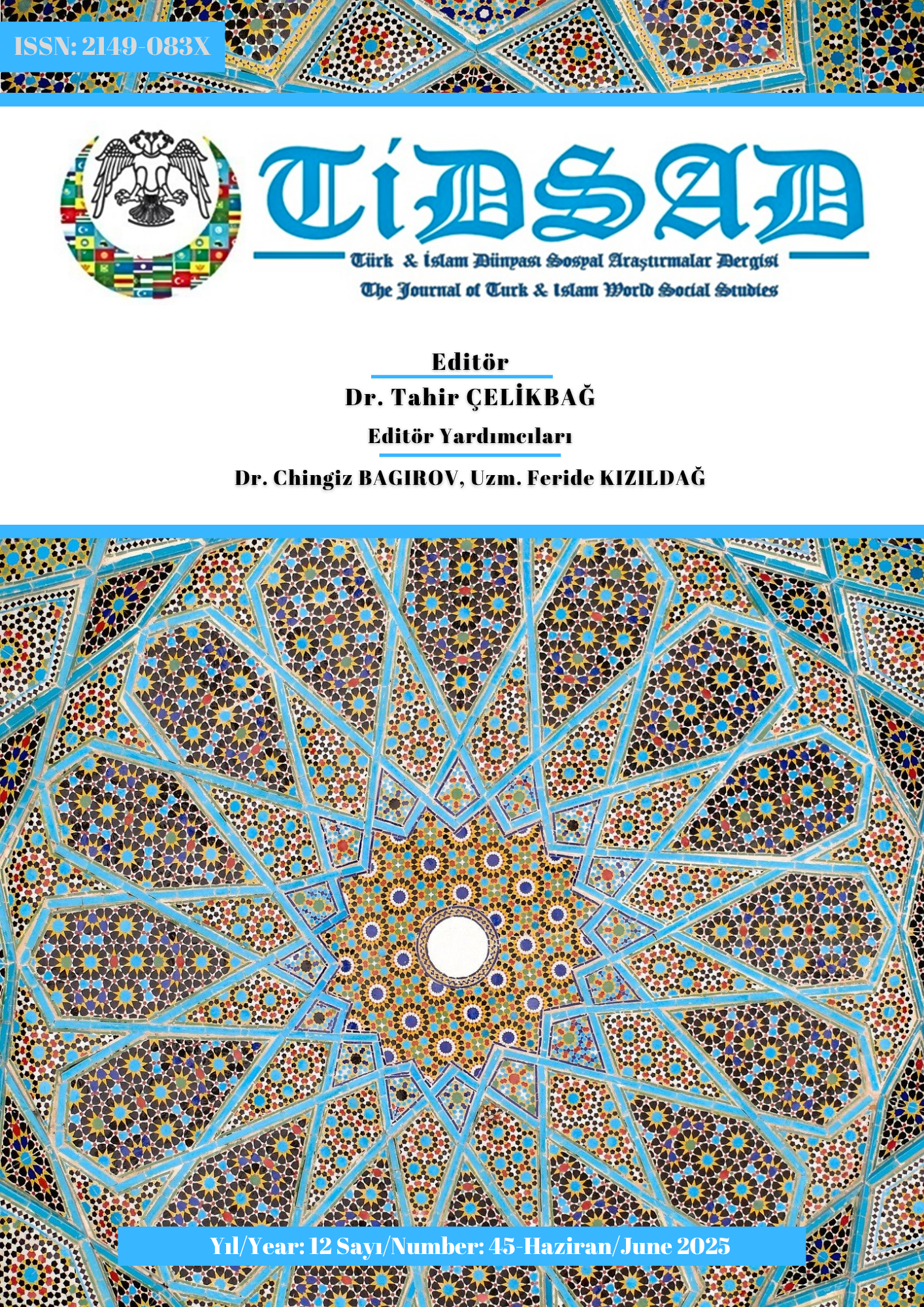Author :
Abstract
تعد اللغة العربية من أقدم اللغات السامية وأشهرها فهي لغة كرمها الله تعالى بنزول القرأن الكريم بحروفها العربية وهي لغة الإعجاز لغة خاتم الأنبياء والمرسلين، لغة اشتملت على العديد من المعاني والمصطلحات والصور والجماليات و الترادفات الكثيرة التي كانت تستخدم حسب المقام والسياق المطلوب.والقرآن الكريم يحمل بين طياته الأسلوب المجازي الي يعجز فهمه بمعناه الظاهري فهو يحتاج إلى تفسير وتحليل بلاغي ونحوي لفهم الغرض المقصود من سياق كل آية من آياته الكريمة، هذا ما دفع علماء اللغة إلى الاجتهاد والبحث واكتشاف نظرية تدرس هذا السياق الذي صيغت من شأنه هذه المفردات.ولا سيما العبارات المجازية والاستجابات غير المباشرة كذلك والحكم والأمثال، يهدف هذا المقال إلى التحدث عن نشأة وتطور نظرية السياق التي حظيت شهرة واهتمام علماء اللغة ودورها في تحليل وتفسير الخطاب عند التواصل الإنساني سعيا لفهم النصوص والحوارات بناء على السياق الاجتماعي والثقافي المراد،كذلك دور السياق في الترجمة وبعدها الإبداعي المتطلب لمهارة الخبرة والاحترافية للمترجم في فهم المعنى المقصود من النص المراد ترجمته بجميع المستويات ،أيضا ترجمة الكلمات في السياق وكبفية اختيار الكلمات الأقرب للمعنى الأصلي، لا سيما معاني الكلمات ضمن سياق العبارات المجازية والاستجابات غير المباشرة إضافة إلى الوصل القواعدي بينها داخل العبارات مع تقديم الأمثلة التوضيحية التي تساعد على فهمها بشكل أكبر.
Keywords
Abstract
Arabic is considered one of the oldest and most renowned Semitic languages. It was honored by Allah Almighty as the language in which the Holy Qur’an was revealed—making it the language of the divine miracle and the last of the prophets and messengers. Arabic is a rich language, encompassing a vast array of meanings, terms, stylistic images, and synonyms that are used according to the context and intended purpose.
The Qur’an contains figurative language that cannot be understood at face value; rather, it requires interpretative and rhetorical analysis to uncover the intended meanings of each verse. This necessity led linguists to explore and develop a theory that studies the context in which words are formulated.
This includes metaphorical expressions, indirect responses, proverbs, and wise sayings. The aim of this article is to discuss the emergence and development of context theory, which has gained wide recognition and interest among linguists, and to highlight its role in analyzing and interpreting discourse in human communication—particularly through understanding texts and dialogues in light of the relevant social and cultural context.
The article also explores the role of context in translation and its creative dimension, which requires expertise and professionalism from the translator to fully grasp the intended meaning of a given text at all levels. Furthermore, it addresses the translation of words within their context and how to select the most accurate equivalents—especially in metaphorical expressions and indirect speech—along with the grammatical cohesion between elements of the sentence. Illustrative examples are provided to facilitate deeper understanding





